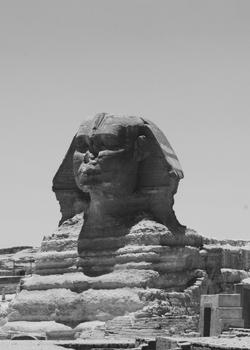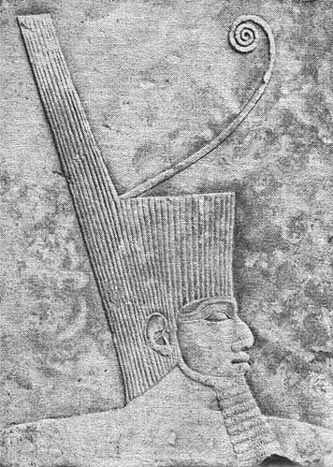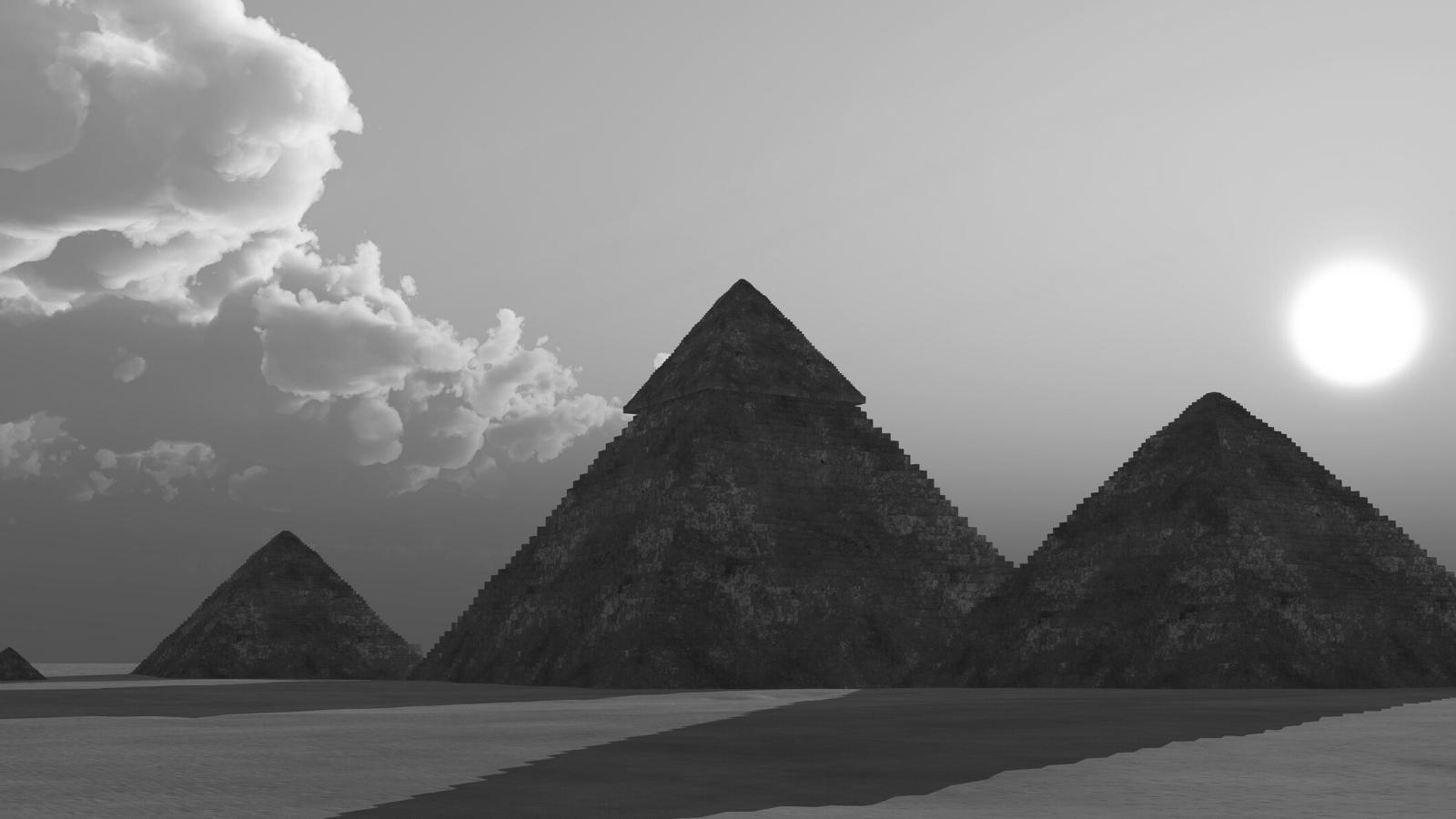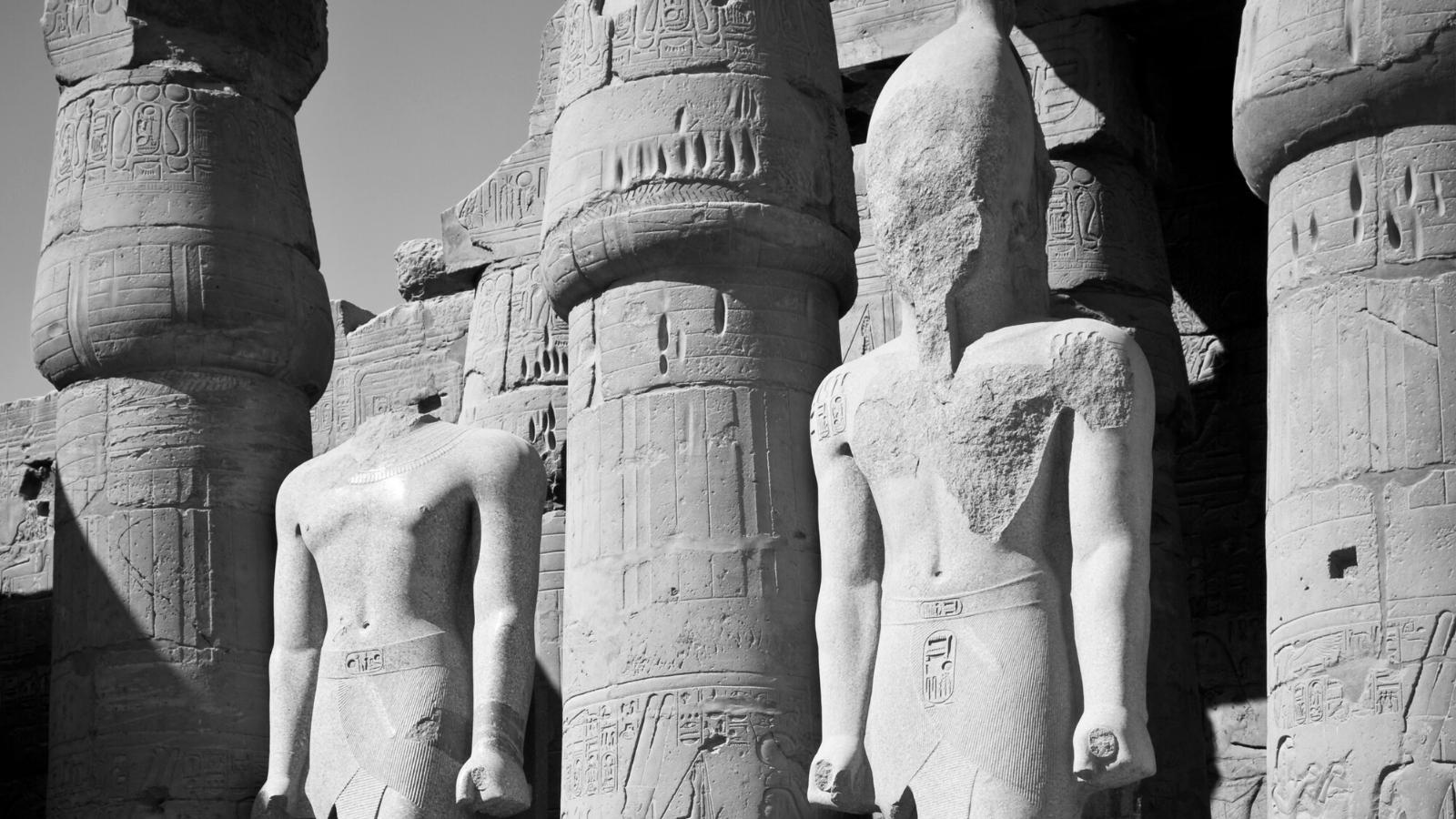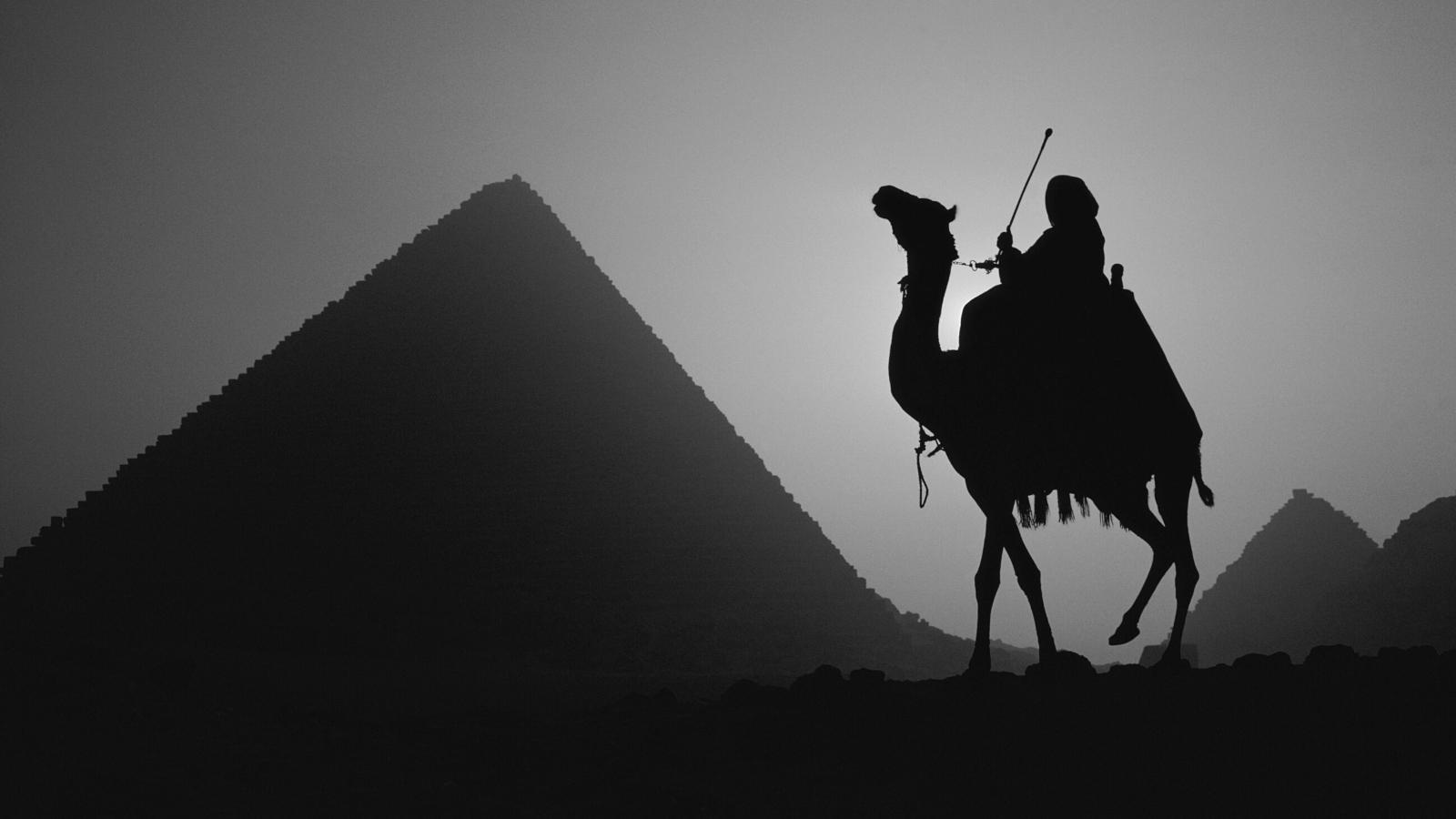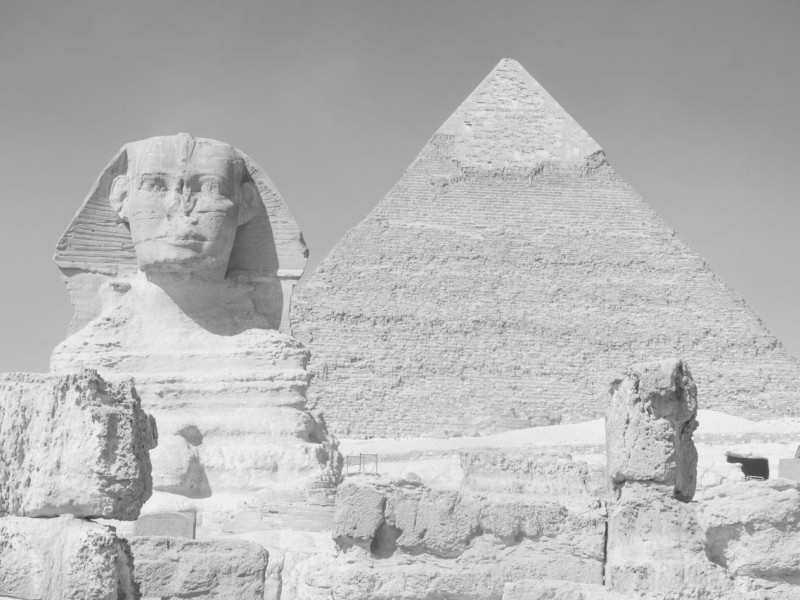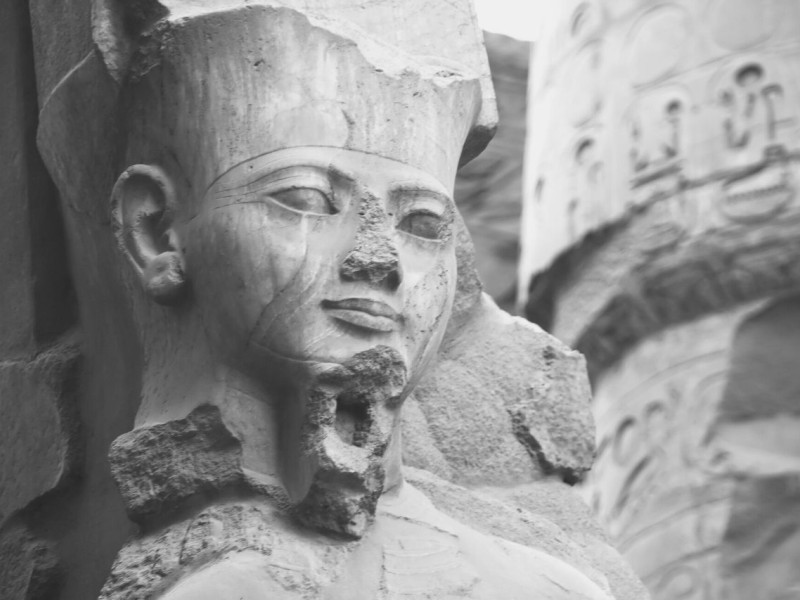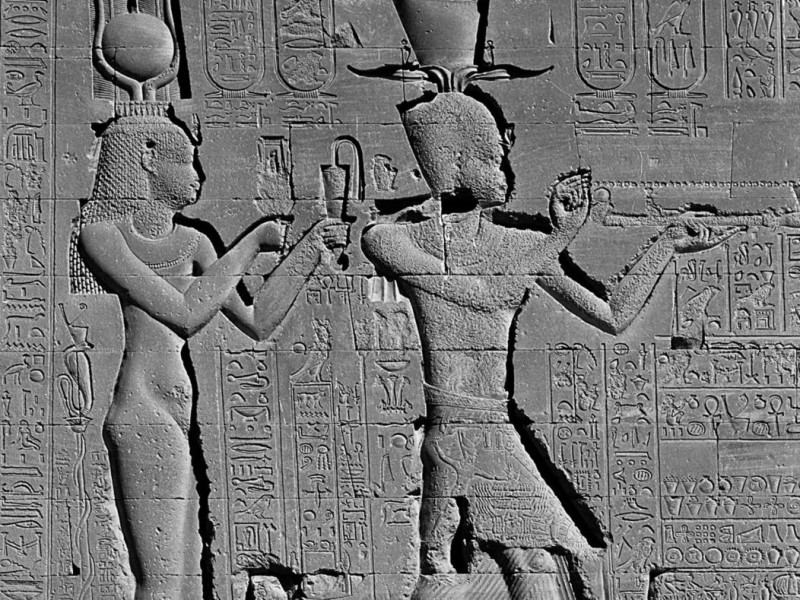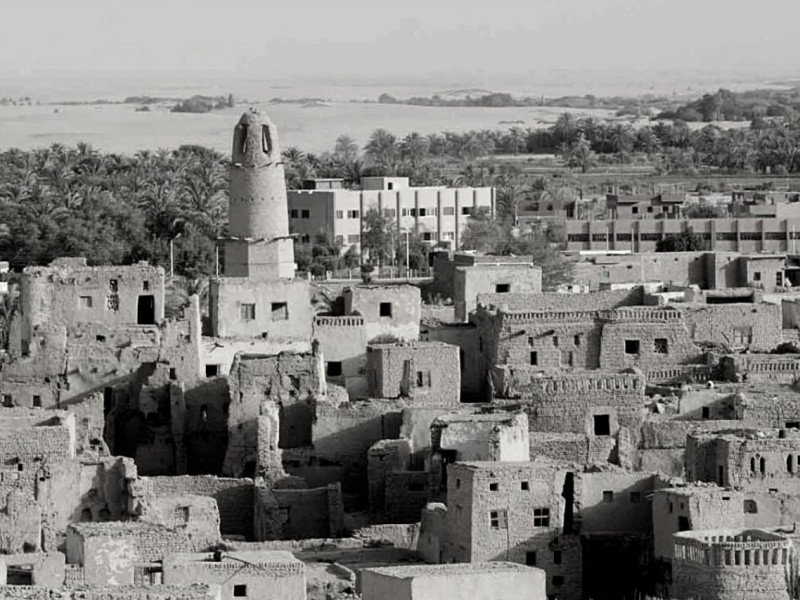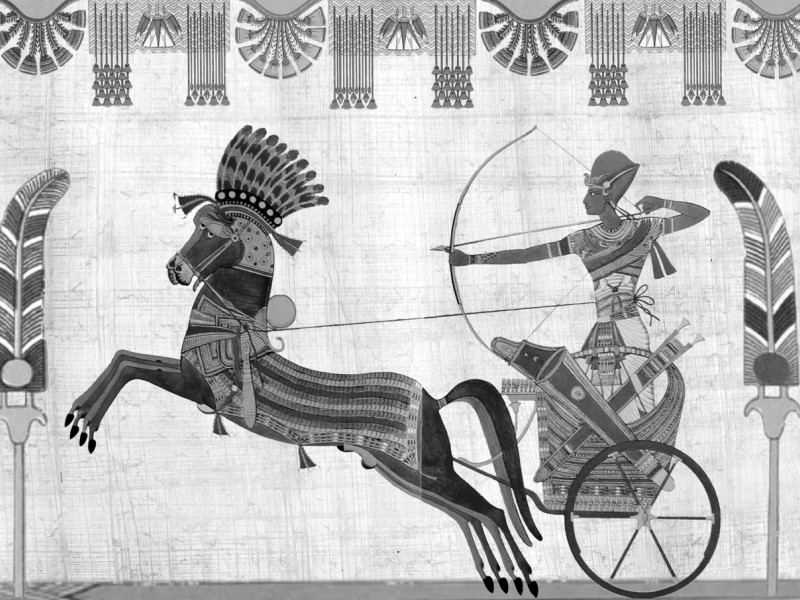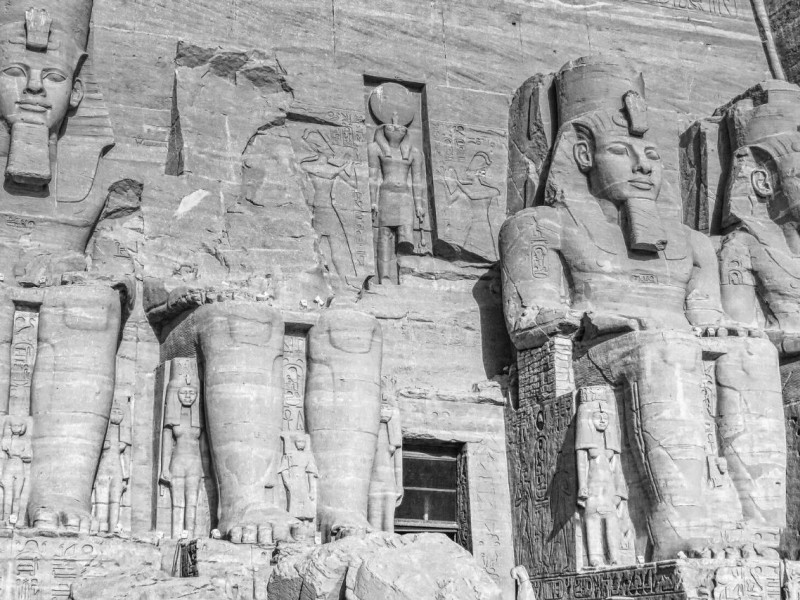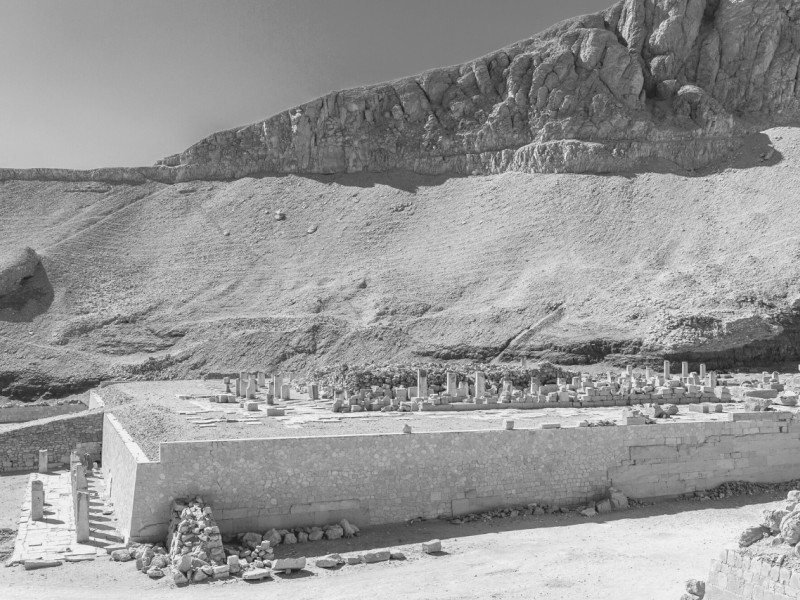Egyptian History: A Five Thousand-Year-Old Success Story
Egyptian history is closely intertwined with the history of civilization itself. From its humble beginnings, Egypt rose to become the world’s first superpower, the center of learning, art, and culture, a country of almost unrivaled achievements in architecture that would remain the wonder of the world for many thousands of years.
Egypt’s success has been a topic of continuous research among scientists, archeologists, and historians, all of whom have attempted to unlock the country’s ancient secrets. In this article, we’ll explore Egypt’s unique history from a fresh perspective.
History of Egypt: Beginnings of Agriculture in the Nile Valley
For a long time, Egyptologists had thought that ancient Egyptian history began around the end of the fourth millennium BCE (c. 3100 BCE). Still, recent archeological discoveries suggest a more complex story.
There is no doubt that the Nile Valley had been home to several highly developed cultures as early as 9000 BCE. Around this time, human communities had begun to turn to agriculture and adopt a more sedentary lifestyle.
Pre-Dynastic Period of Egypt: Foundation of Egyptian Culture
Although the Nile Valley was inhabited for thousands of years, the origin of Egyptian civilization is to be found in the period Egyptologists refer to as pre-dynastic Egypt.
Little is known of this period due to the absence of written sources, but archeology has helped shed more light on the age-old mystery of how Egyptian civilization was built. Somewhere between c. 3400 – c. 3200 BCE, hieroglyphic script developed, enabling the inhabitants of the Nile Valley to form more tightly knit communities brought together by a common language and culture.
The Early Dynastic Period and the Birth of Ancient Egypt
The mid-fourth millennium BCE saw significant advances in pottery making, building techniques, and the beginnings of art. People of the Nile Valley had started to build more sophisticated dwellings.
Advances in ceramics work made it possible to produce high-quality pottery. The ceramics that originated during the Badarian Period were ornamented with images of people and animals.
Archeological discoveries indicate elaborate burial practices. People were buried in cemeteries along with their worldly possessions. In addition to personal items, the bodies of the deceased were buried with weapons and tools, as well as food. The practice of mummification is thought to have started around 3500 BCE.
First Cities Emerge in the Nile Valley
First sophisticated settlements are likely to have been built in Lower Egypt. Still, with the beginning of the Naqada I Period (c. 4000 – 3500 BCE) centered on the eponymous town near modern Luxor, urban living has also started to spread to Upper Egypt.
The necropolis in Abydos is home to ancient Egypt’s oldest tombs which were initially built of mud-bricks until the 3rd dynasty when the pharaohs started to use stone to construct elaborate tombs. The invention of the hieroglyphic script, advanced pottery, and the beginning of urban life paved the way for the development of advanced social structures.
Upper and Lower Egypt Unite Into a Single Kingdom Under Pharaoh Narmer
The Naqada III Period (c. 3200 – 3150 BCE) is sometimes also called the Zero Dynasty or the Protodynastic Period. It was a tumultuous time for Egypt as various local rulers vied for power, but at the same time, significant advancements were made in art and architecture.
Trade links with other lands were well-established by this period, and the exchange of goods and ideas it entailed helped stimulate population growth.
How Did Mesopotamia Influence Predynastic Egypt?
While there’s a consensus among historians that Egypt and Mesopotamian cities were in contact through trade, the nature of Mesopotamian influence on the development of ancient Egyptian culture and religion remains a subject of much debate.
Mesopotamian influence can be seen in the development of new building techniques, art, and arguably, the earliest form of ancient Egyptian religion. Predynastic Egypt had also traded extensively with Canaan.
Narmer: The Mysterious Pharaoh Who United Egypt
The Protodynastic Period had been marked by strife and warfare. In Upper Egypt, warfare between the cities of Thinis and Naqada had resulted in the conquest of the latter by the former. Egyptologists consider that these wars were fought by the Scorpion Kings.
Their identity is disputed, but some scholars believe Narmer, who went on to unify Egypt and become the first Pharaoh, was one of them. In Manetho’s King List, Menes is listed as the first Pharaoh. While the identity of the first Egyptian ruler is disputed, his reign marks the beginning of ancient Egypt history.
The Old Kingdom and the Age of Pyramids
Little is known about the pharaohs of the so-called Archaic Period (c. 3100 – c. 2900 BCE), which includes the 1st and the 2nd dynasty. Egypt’s Old Kingdom Period is considered to have begun with the Pharaoh Djoser, who had founded the 3rd dynasty (c. 2900 – c. 2600 BCE).
Djoser cemented his place in history by becoming the first Pharaoh to construct a pyramid. Built by the royal architect and priest Imhotep, the Step Pyramid of Djoser is the first and the oldest of Egyptian pyramids.
Subsequent pharaohs of the 3rd dynasty would build pyramids of their own. Still, it would not be until the 4th dynasty that the Egyptians perfected the existing building techniques, making it possible to construct monuments on an unprecedented scale.
The 4th Dynasty Represented the Apogee of the Old Kingdom
Pharaohs Snefru, Kheops, Khafre, and Menkaure, had constructed great monuments which still stand today. The grandest of these, Kheops’ Great Pyramid of Giza, was built around 2600 BCE.
His heirs Khafre and Menkaure had built smaller pyramids, also at the Giza Plateau. The practice of pyramid building continued throughout the Old Kingdom Period, often referred to as the ‘Age of Pyramids.’
The construction of pyramids had involved thousands of workers from across Egypt and required mobilizing manpower and resources of the whole country. As testimonies of the wealth, technological advancement, and organizational genius of the Egyptians, the pyramids rank as one of the biggest Egyptian accomplishments.
The Collapse of Pharaonic Authority: End of the Old Kingdom
Towards the end of the 6th dynasty (c. 2350 – c. 2180 BCE), there was a significant weakening of the once near-absolute power of the king. Old Kingdom pharaohs were worshipped as semi-divine figures who represented the Egyptian people before the gods.
Eventually, the king came to be viewed as an earthy representative of the gods but not necessarily divine himself. Several complex factors contributed to the weakening of central authority. Archeological evidence suggests that the power of the local nobility grew at the expense of the pharaoh, ushering in a new era during which Egypt was politically fragmented and divided between several kingdoms.
The First Intermediate Period of Egypt Begins
For about two centuries (c. 2180 – c. 2050 BCE), Egypt was governed by local rulers who established their dynasties. The most powerful kingdoms were established in the Delta region (Lower Egypt) and Upper Egypt.
Little is known about the rulers and the events of this period due to the scarcity of sources. Following a period of warfare between the two competing kingdoms, Egypt was reunited under the rule of Mentuhotep II (c. 2060 – 2009 BCE). Having defeated the kings of Herakleopolis, Mentuhotep became the Pharaoh of a unified Egypt, marking the beginning of the Middle Kingdom Period.
A Period of Cultural Splendor During the Middle Kingdom
As a result of the re-emergence of strong central authority, Egypt regained much of its former splendor, such as it had existed under the Old Kingdom rulers. The political center of Egypt had shifted from Memphis in the Delta to Thebes in Upper Egypt. Thebes was to remain the political, economic, and religious center of ancient Egypt for many centuries.
Egyptian society underwent significant changes: social mobility had increased, trade with other countries intensified, and pharaohs allocated more resources to various public projects such as the building of canals, dikes, and ditches to help increase agricultural output. Although many Middle Kingdom rulers built pyramids, they were on a much smaller scale when compared to their Old Kingdom counterparts.
The 12th Dynasty: Egypt’s Golden Age
Egypt entered into an unprecedented era of political stability and economic progress under the rule of the 12th dynasty. Pharaohs of this dynasty undertook several large-scale building projects to connect the Faiyum Oasis with the Nile, extended trade links with Nubia and the Levant and waged several military campaigns against Nubia.
Who Were the Hyksos?
Following the era of prosperity under the 12th dynasty, Egypt had fallen on hard times during the succeeding 13th dynasty. A foreign people who were assumed to have arrived in Egypt from the Levant, and were of Semitic origin, the Hyksos, had settled in the Delta region around c. 1800 BCE.
Initially, the Hyksos and the Egyptians enjoyed good relations, but the weakening of the royal authority enabled the Hyksos to greatly increase their power. The Hyksos kings established their capital in Avaris and conquered the whole of Lower Egypt.
The Hyksos Dominated Egypt for Nearly Two Centuries
Unable to defeat the Hyksos in battle, the Egyptians had to accept the Hyksos kings as the new rulers of Lower Egypt. Upper Egypt had remained free of Hyksos rule, but Theban kings became the vassals of foreign rulers to whom they were forced to pay tribute.
The Hyksos military superiority over the native Egyptians is attributed to the fact that they used horses and chariots in battle, which, up until then, were unknown to the Egyptians. Their weaponry was also superior to that of the Egyptians.
Introduction of the Horse and Chariot
It took the Egyptians several decades to adapt to the superior weapons and tactics of the invaders. Several campaigns of the Theban kings to drive out the invaders ended up in failure.
Over time, however, the Egyptians adopted the use of horses and chariots in battle and successfully used them to defeat their enemies. The Pharaoh Ahmose I (c. 1550 – 1525 BCE) succeeded in defeating the Hyksos and reuniting Egypt under his rule.
The numerous cultural and technological improvements the Hyksos introduced to Egypt enabled the Egyptians to reach the peak of their power and wealth under the New Kingdom.
The Age of Transformation: New Kingdom Pharaohs
Egypt’s New Kingdom Period (c. 1550 – 1069 BCE) began with the expulsion of the Hyksos and the establishment of the 18th dynasty (1550 – 1290 BCE). The great majority of architectural monuments preserved today were built or expanded during the New Kingdom.
Rulers of the 18th and the 19th dynasty exploited the advancements in military technology to expand Egypt’s borders, bringing valuable resources and prisoners that helped improve the Egyptian economy.
Thutmose I Begins a Period of Expansion Into the Levant
Ahmose I and his son and heir Amenhotep I have both made it their priority to consolidate their rule over Egypt and secure the new regime.
Thutmose I (1503 – 1493 BCE) adopted an aggressive foreign policy course with the aim of extending Egypt’s borders into the Levant. Thutmose waged several campaigns in Syria and Palestine, which became part of the ancient Egyptian Empire. Thutmose reached as far as the Euphrates River in the north, the first Egyptian Pharaoh to cross into Mesopotamia.
Thutmose III and Amenhotep III: Peak of Power and Prestige
The reign of Thutmose II was short, and he was succeeded by his chief consort, Hatshepsut (1479 – 1458 BCE), first as regent to his young son Thutmose III, then as Pharaoh in her own right.
Hatshepsut’s peaceful reign was marked by the famous expedition to the Land of Punt and the building of a large temple and mortuary complex at Deir el-Bahri.
Meet Thutmose III: The Napoleon of Ancient Egypt
Thutmose III (1479 – 1425 BCE) continued with the expansionist policies of his grandfather. He waged numerous campaigns in the Levant and Nubia. He cemented his place as Egypt’s most successful general and most powerful pharaoh who built an empire that stretched from northern Syria to the Fourth Cataract of the Nile, deep inside Nubia.
Amenhotep the Magnificent and Egypt as the Superpower of the Near East
Thutmose III’s heirs had preserved his conquests, but Egypt found a powerful rival in the rising Hittite Empire in Anatolia. The two powers would wage a cold war for hegemony over the Levant for two centuries. Amenhotep III (1388 – 1351 BCE) was remembered as a powerful and enlightened ruler. He completed several monuments, such as the Colossus of Memnon.
Akhenaten’s Attempt to Reform Egyptian Religion
Amenhotep III’s son and heir, Akhenaten (1351 – 1334 BCE), broke with the long-established Egyptian religious traditions and proclaimed the solar deity Aten as the only god. Together with his great royal wife, Nefertiti, Akhenaten commenced the world’s first religious revolution.
He moved the capital to the newly-built city of Amarna, which was abandoned soon after his death. The Amarna Period proved to be short-lived; Akhenaten’s abandonment of Egyptian gods caused the anger of the powerful priesthood of Amun, and his name was struck from the record.
Ramses II: Egypt’s Most Iconic Pharaoh
After the turmoil of the Amarna period and the restoration of traditional Egyptian deities, Egypt entered into another prosperous era under Ramses II, widely considered the greatest Pharaoh in the history of ancient Egypt.
The Pharaoh Who Knew the Value of Royal Propaganda
Ramesses II reigned for longer than 60 years and was determined to stamp his mark on Egyptian history. Ramses II built great monuments, most notably the Ramesseum and Abu Simbel. Almost every corner of Egypt was covered with monuments in honor of the powerful ruler.
Although his conflict with the Hittites ended in a draw (in the famous Battle of Kadesh), Ramses II represented it as a great victory commemorated on the walls of temples throughout Egypt.
The Long and Slow Decline of Egypt
Ramses III of the 20th dynasty was the last New Kingdom Pharaoh to wield substantial authority over Egypt. Even though he successfully repelled the invasions of the Sea Peoples, the wars took a heavy toll on the Egyptian economy.
The rising power of the priests of Amun greatly eroded the authority of his successors. Declining agricultural output, the weakening of central authority, and the rising power of Assyria are thought to have contributed to the Egyptian Empire fall. Egypt regained some measure of prosperity during the Third Intermediate Period until the country fell to successive foreign invaders.
Conclusion
Ancient Egyptian civilization flourished for over 3,000 years. Here are some of the most notable events of the ancient Egyptian timeline:
c.3100 BCE: unification of Egypt under the first Pharaoh
c. 2600: the building of the Great Pyramid of Giza
c. 1550: the Hyksos are driven out of Egypt
c. 1279 – 13: the reign of Ramses the Great
This fascinating civilization serves as an example of human ingenuity and an inspiration to us today.
